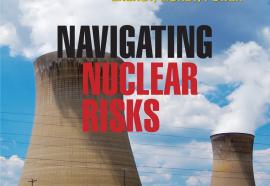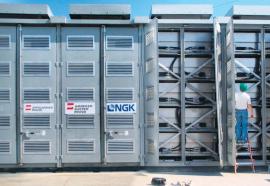2008 Regulators Forum: Putting Efficiency First
New rate structures prioritize conservation, but will customers buy it?
As saving energy becomes a policy priority, utility commissioners struggle to reconcile traditional revenue models with smart metering and smart pricing. Unlocking conservation potential will depend on transforming passive ratepayers into smart consumers. Fortnightly hosts a roundtable discussion with commissioners from six states.










